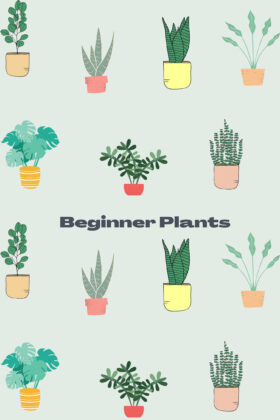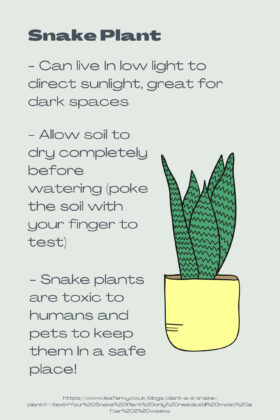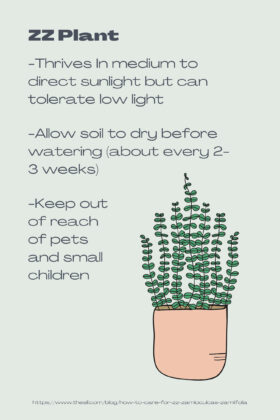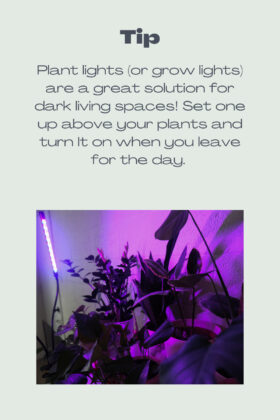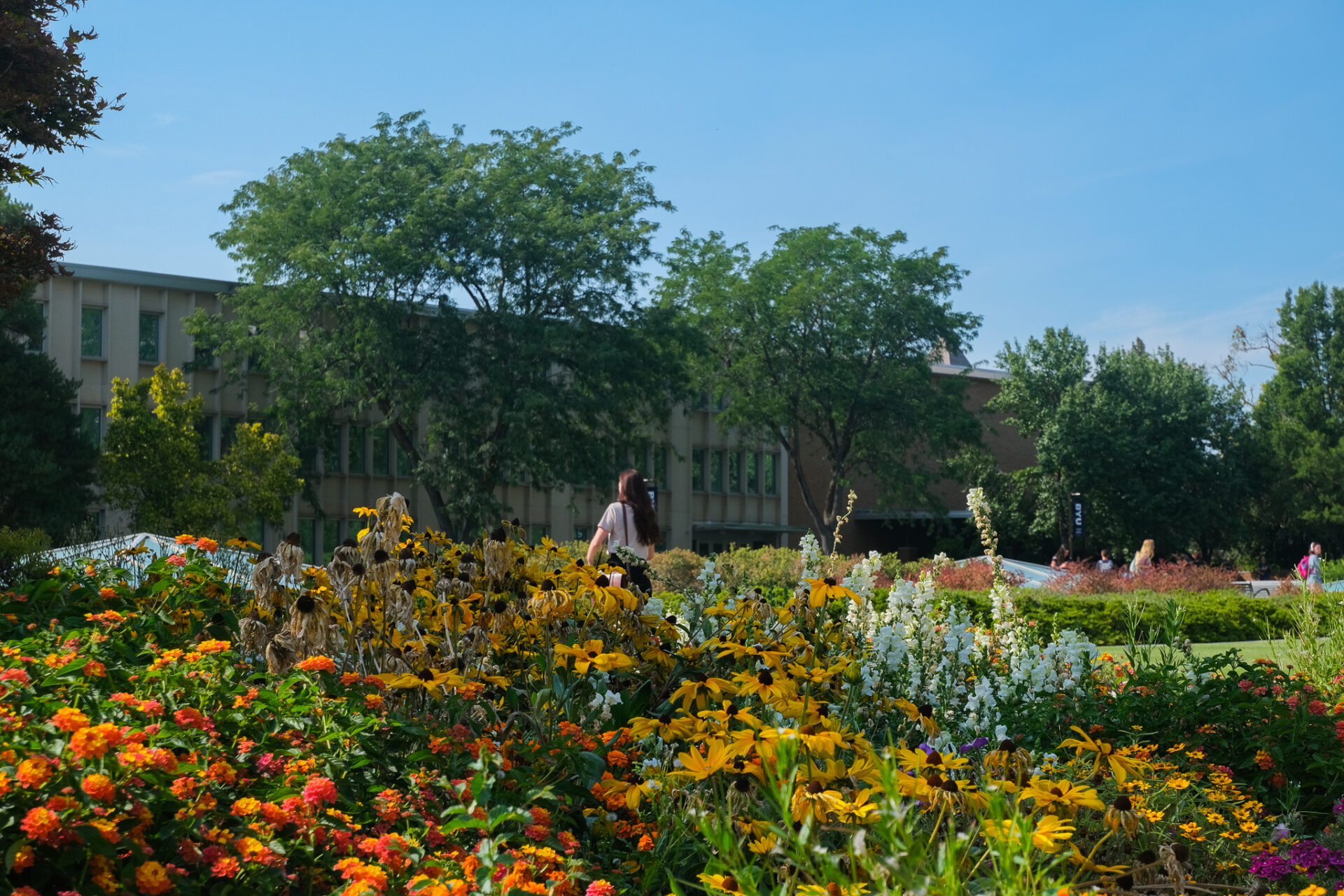
According to several studies, adding plants to a workspace may improve students’ attention and performance in school.
The benefits of plants
A study featured in the Journal of Environmental Psychology said that plants placed in a learning environment increase student attention capacity and performance. The same study revealed that indoor plants can prevent fatigue during demanding work. These benefits can also be achieved by working near a window with a view overlooking nature.
A study published in the Educational Psychology Review explored how short-term exposure to nature can also greatly benefit students. The study states this is because exposure to nature can help restore attention as well as reduce stress.
Another study published in the Journal of Environmental Horticulture shared the benefits of plants on mental health. “Increased access to green spaces also reduces psychological distress, depression symptoms, clinical anxiety, and mood disorders in adults,” the study said.
Plants at BYU
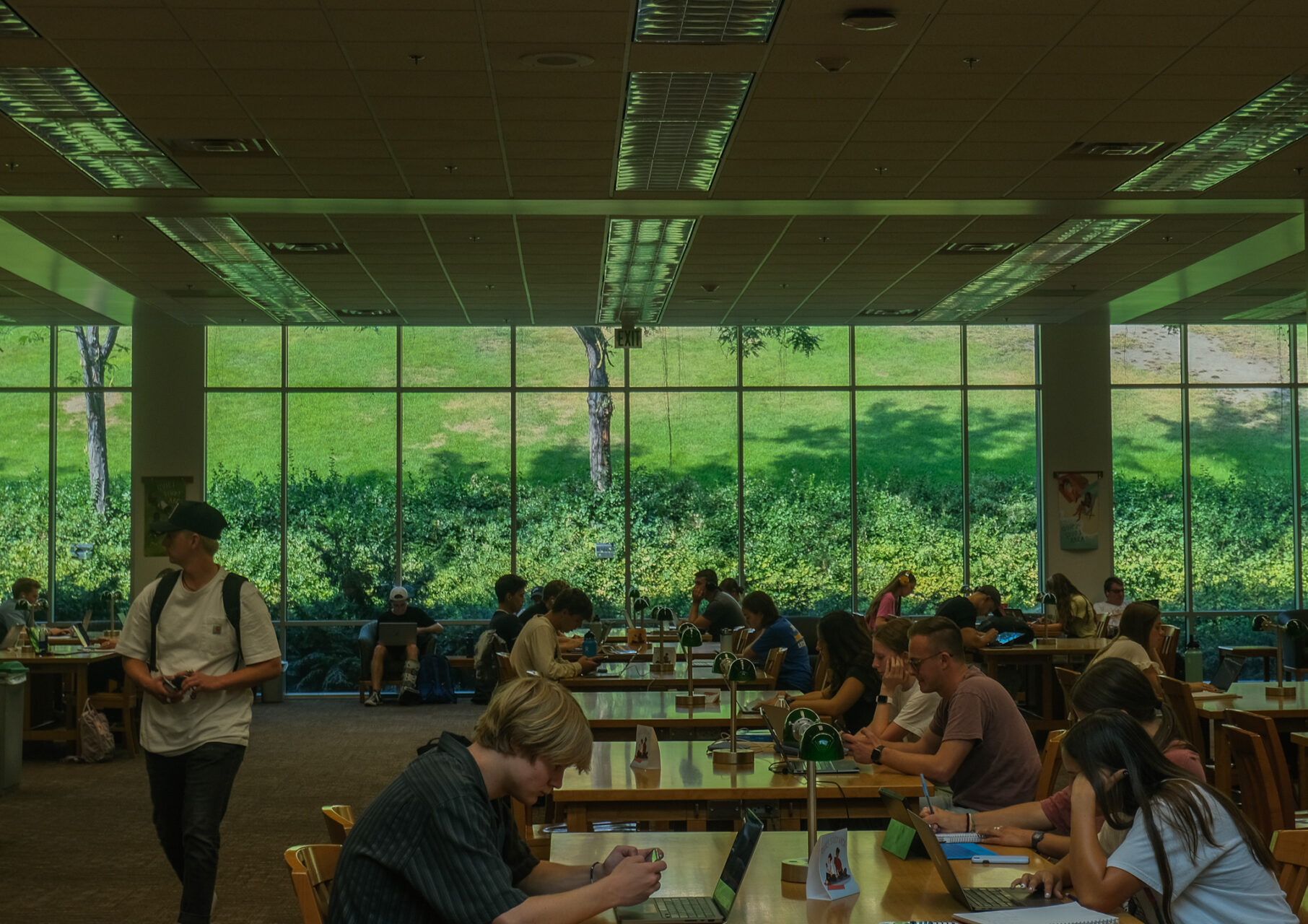
Luckily for BYU students, there are many study environments full of plants on campus. The periodicals section in the library features a wall of windows facing lush greenery outside as well as many indoor plants.
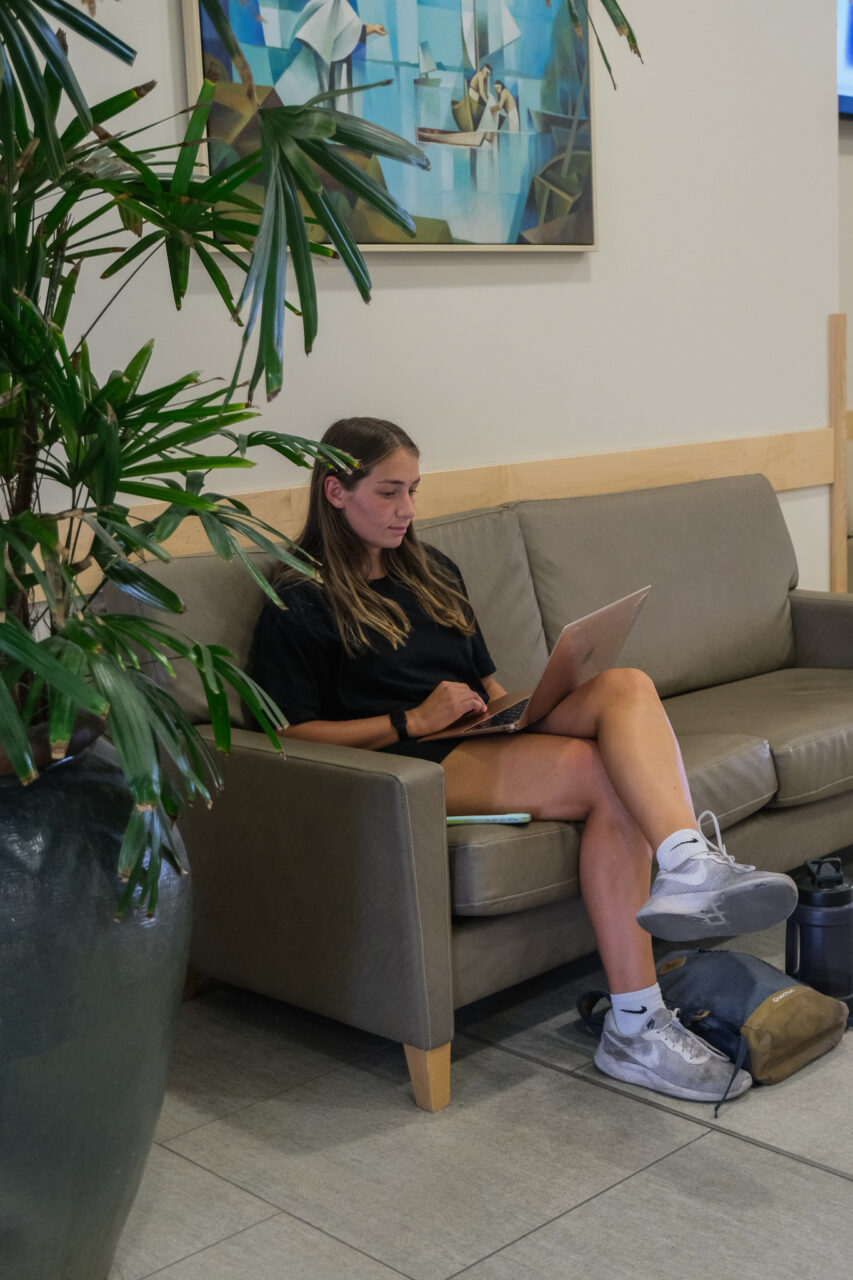
BYU student, Isabelle Frazier, has found herself studying at the Life Sciences Building often this semester.
“I love all the plants in the LSB, I honestly feel like I can focus better when I study here,” Frazier said.
BYU student, Madie Westerlind, said that she has noticed the number of plants depends on the building. For example, the Benson Building where she works lacks plant life in comparison to the Life Science Building.
“I definitely feel happier when I enter the life science building,” Westerlind said. “It’s a lot more open and the plants are a lot of fun.”
Another campus space filled with plants is the garden in the Joseph Smith Building.
“This is my first time coming in here, but I will definitely be coming back,” BYU student Chelsea Trautmen said. “It’s so peaceful and the plants are beautiful in here.”
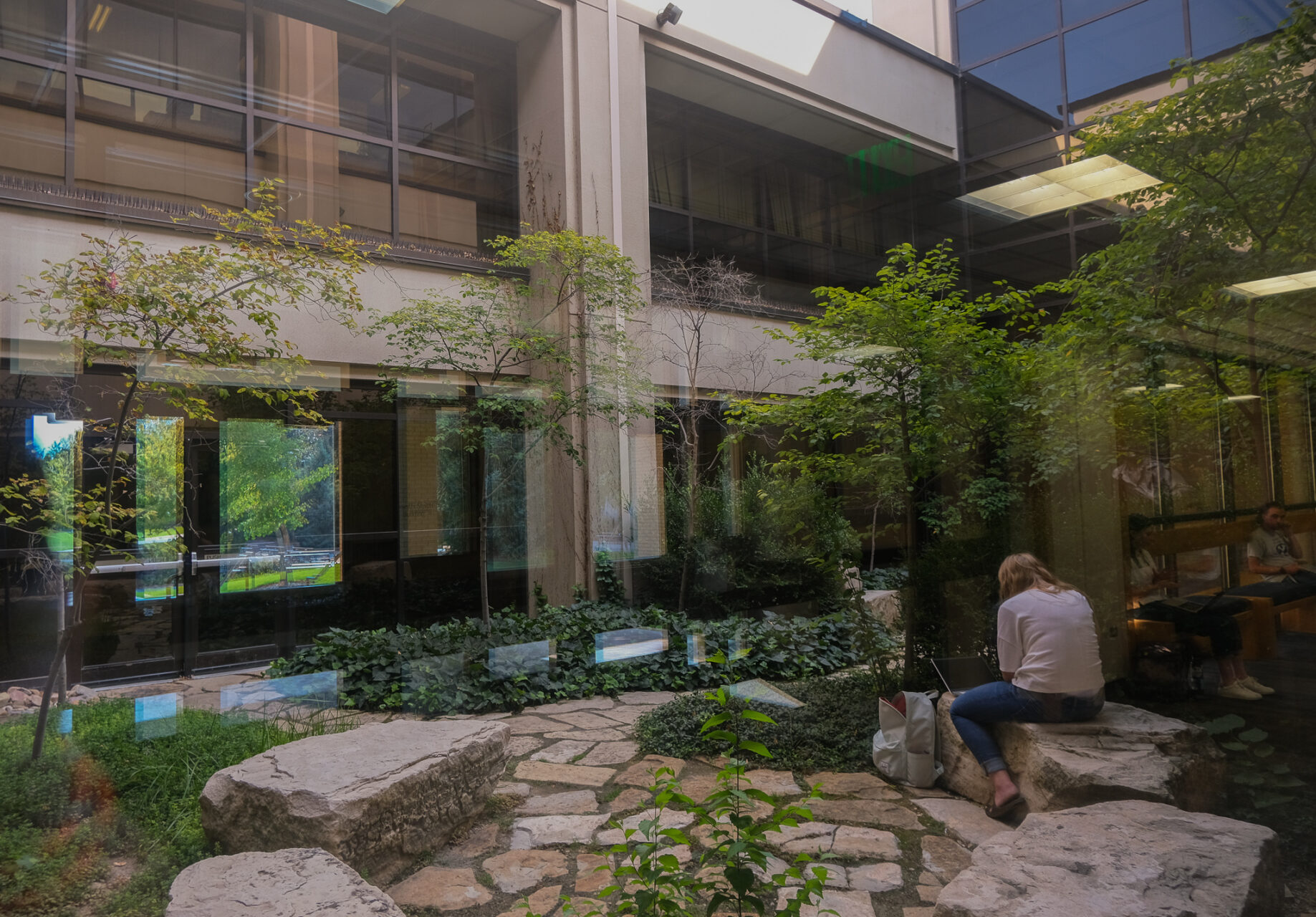
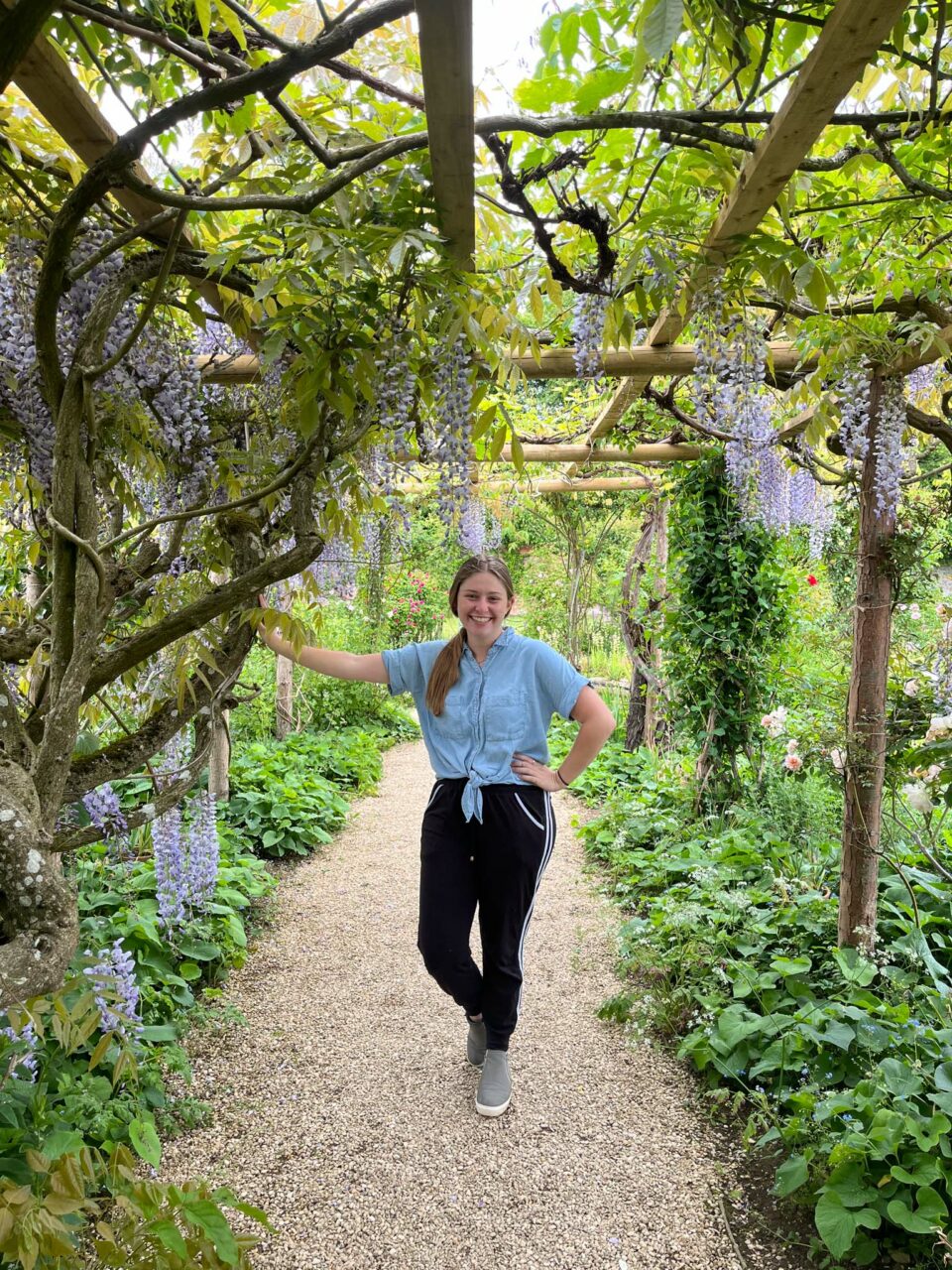
BYU landscaping management student, Maggie Francis, shared how plants benefit students in her major.
“Because we’re around plants so often, the people in my program seem generally happier than most students at BYU from what I’ve noticed,” Francis said.
Plants at Home
“It can be overwhelming as a college student to try and keep a plant alive when you’re so busy with school and various responsibilities,” Trautmen said.
Luckily, there are many easy ways to care for indoor plants, some of which are compiled below.
Snake plants, pothos plants, and ZZ plants are beginner-friendly plants that require minimum sunlight and only need to be watered once the soil has dried out. Grow lights are an easy solution for living spaces without enough natural sunlight.

